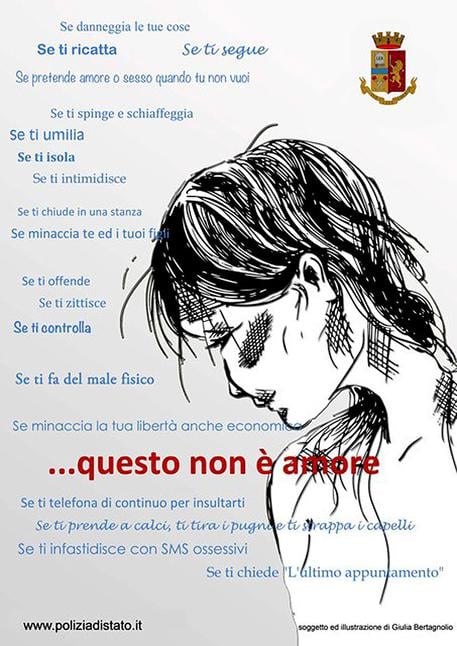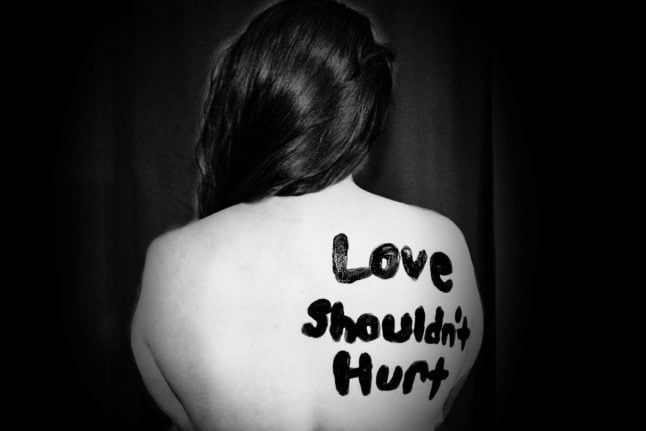Legislative reform is needed to tackle violence against women in Italy, Deputy Premier and Interior Minister Matteo Salvini said today, announcing that he was proposing the introduction of a new warning system under which reports of stalking and violence on women would be given “code red” priority status.
“At the earliest cabinet meeting possible I will propose the introduction of a code red for the [investigation of] allegations of stalking and violence against women, so that these reports don’t end up at the bottom of the pile in the files of magistrates,” Salvini said.
There have been shockingly high numbers of reported attacks on women including femicides – cases in which women are murdered, usually by their current or former partners – in Italy in recent years.
READ ALSO: ANALYSIS: 'Violence against women conditions every aspect of our lives'
“If there are detailed, documented and in-depth reports, they have the highest priority, because we’ve counted too many women wounded, attacked with acid and even killed,” said Salvini.
“Just as there is the code red in the emergency room, there must be a signal on cases of domestic violence and violence against women to intervene before it is too late,” explained the minister, confirming that this “will be ond of the forthcoming initiatives that the government and parliament will bring forward.”

A poster from the 'this is not love' campaign against domestic violence. Image: Italian State Police
His words come days after figures released by Italian police showed there was one femicide every two days in Italy between 2006 and 2016, a total of 1,740 and an average of 174 a year.
In 2017 some 77% of all murdered women were killed by their partners or exes; 112 out of a total of 145.One in three women between the ages of 16 and 70 has experienced physical or sexual abuse according to the figures, released by Italian police as part of a campaign against domestic violence called questo non e amore or ‘this is not love.’
The Italian media is full of reports of attacks on women and murders committed by “jealous” husbands or boyfriends.
The most recent reports from the past week include a man in Caserta who shot his wife and sister-in-law, injured his in-laws and then took his own life after his wife told him she wanted a divorce, and a man who admitted suffocating his wife after she told him she had met someone else.
Campaigners say attitudes must change in Italy, where cases of violent crimes committed against women by their partners or ex-partners are often portrayed in the media as tragic stories of love gone sour.
Almost 3.5 million women in Italy have been victims of stalking, according to data from national statistics agency Istat, but only 22 percent of those report the act or seek help.
Around one in three Italian women suffer abuse at some point in their life.
READ ALSO:



 Please whitelist us to continue reading.
Please whitelist us to continue reading.